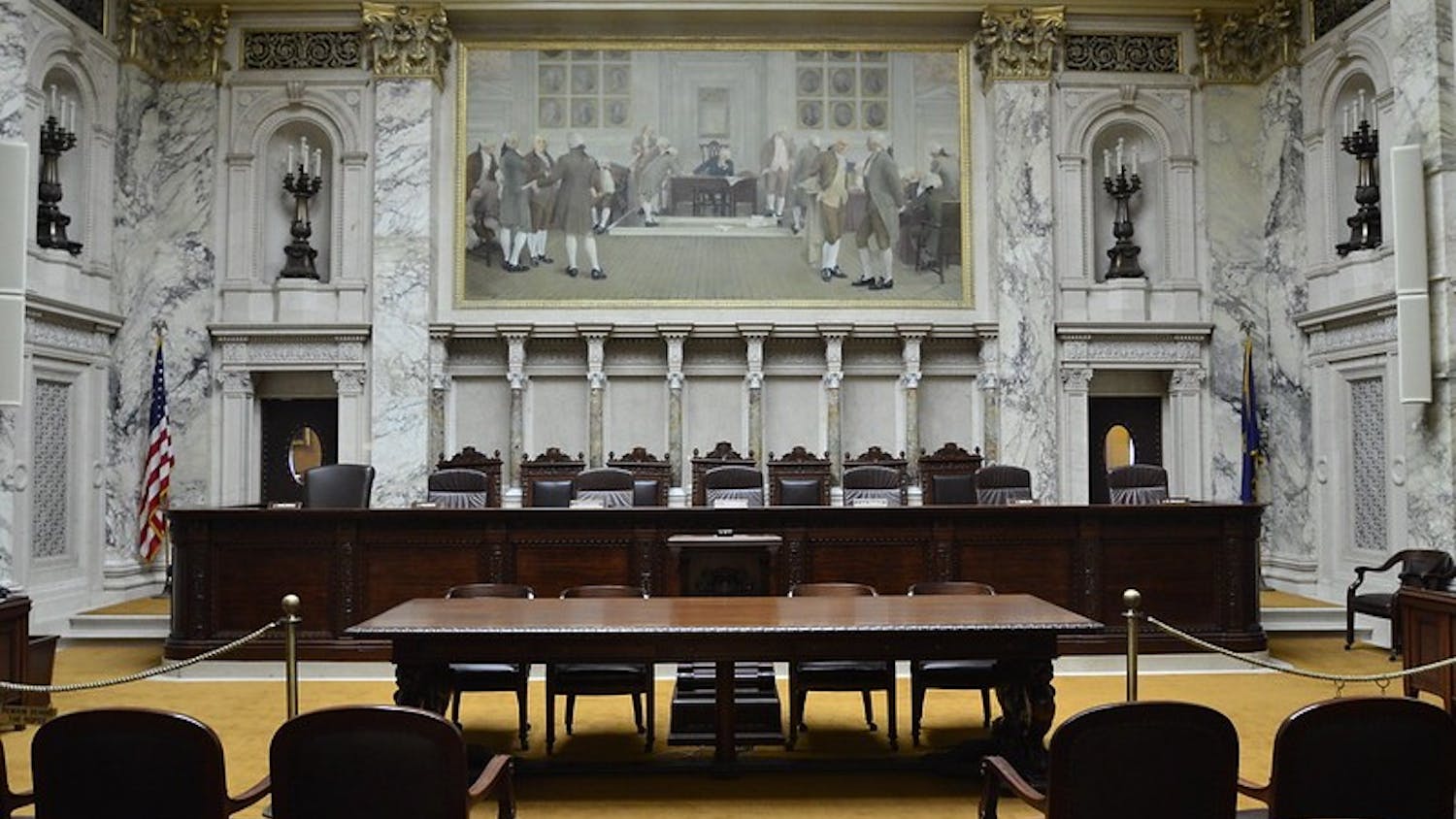The Public History Project’s premiere exhibition ‘Sifting and Reckoning’ on display at the Chazen Museum of Art at the University of Wisconsin-Madison drummed up strong interest from students and the general public during its first month.
More than 7,400 visits were recorded since the exhibit was unveiled on Sept. 12. A companion website to the in-person exhibition logged 4,400 visits from 25 countries and 47 states, all during the same period.
“Based on the number of visitors, we think the exhibition is a huge success,” said Kirstin Pires, Chazen staff member.
The exhibit dives deep into UW-Madison’s past and thoroughly examines accounts from marginalized groups who experienced discrimination and exclusion while at the university, all backed with extensive content and primary sources from the UW Archives.
Morgan Brooks, a UW-Madison senior, came to the exhibit to bring back ideas to the diversity and inclusion committee of her sorority, Gamma Phi Beta. Brooks explained she was shocked by the volume of history and background covered, especially on the first-hand accounts and oral histories of discrimination within Greek life.
“I don't think [Greek life members] actually have concrete examples of what that looked like and how harmful it was,” Brooks said.
Brooks said she hopes exposure to the racial exclusion and prejudices that shaped the formation and past of sororities and fraternities will give people a larger idea of how Greek life was built and what happened on campus in the past.
“I know other people, including myself, still feel [discriminated against], and the testimonies are from the ‘70s,” Brooks said. “So it was pretty striking. But they did a fantastic job. I really, really liked it.”
Raul Correa Barraza, an international student and immigrant, said the exhibit didn’t change his perception of the university and that most of the history covered wasn’t a surprise.
“It's okay to be embarrassed,” Correa Barraza said. “It's okay to be frustrated with your past or uneasy with your past, but you can't change [without] that.”
Despite UW-Madison’s troubled past, the exhibit highlighted hope for the future and determination to improve, which Correa Barraza emphasized was a good sign.
“I think it's good that the university recognizes its past flaws and its ties to white supremacism,” Barraza continued. “I think it's a good start towards a progressive future.”
Gabriela Stark-Torrentera, a UW-Madison sophomore, said her perspective of the university changed and she gained more knowledge about how the university acted in the past.
“It didn't seem like the information was covered up or changed in a way that excused the university,” Stark-Torrentera said. “It seemed authentic in showing the pain and struggles that people of color had to face on this campus throughout the years.”
The university made a point to avoid performative activism and laid bare the shameful parts of its past, Stark-Torrentera remarked. As a result, they effectively communicated that the only way to move forward is to reflect and acknowledge the past.
“I'm hoping that [the university] realizes that change is really important, and that it's a constant thing,” Stark-Torrentera said. “You can't reach a level of like, ‘Oh, I'm culturally aware, or I'm woke.’ There's constant progress to be done.”






